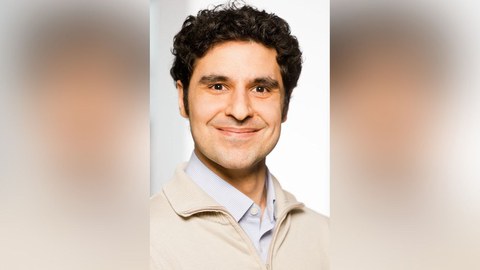Aug 11, 2023
New Heisenberg Professorship: Arash Nikoubashman researches into biologically inspired polymers at TUD and IPF
Kerstin Wustrack Öffentlichkeitsarbeit
Leibniz-Institut für Polymerforschung Dresden e. V.
Arash Nikoubashman has accepted the Heisenberg Professorship for 'Theory of biologically inspired polymers', jointly appointed at the Technische Universität Dresden and the Leibniz Institute of Polymer Research Dresden (IPF), as of August 1, 2023. The professorship is funded by the German Research Foundation and focuses on the theoretical modeling and simulation of biologically inspired materials, in particular polymers.
Prior to his current position, Professor Nikoubashman was a postdoctoral fellow at Princeton University (USA) in the group of Professor A. Z. Panagiotopoulos in the Department of Chemical and Biological Engineering. Subsequently, he led an Emmy Noether Young Investigator Group on 'Controlled transport and arrangement of soft matter' at the Johannes Gutenberg University Mainz.
The research focus of his group is on various aspects of soft matter theory, including the study of metastable states in driven systems and structure formation in drying droplets. An important part of the work is the development of parallelized and multiscale algorithms to enable the efficient simulation of complex systems. In the newly established Heisenberg project, his team is investigating how concepts from classical polymer physics can be applied to biological systems (and vice versa). The goal is to explore and develop materials that are constructed from only a few basic components, yet exhibit remarkable properties and functions often found in living organisms.
Biological and bio-inspired polymers and colloids are characterized by multiple interactions and hierarchical time and length scales. Theory and computer simulations are therefore ideal tools to explore the essential physical properties of these complex systems. They provide precise control over the microscopic building blocks and processing conditions, while allowing detailed analysis of the resulting structure and dynamics.

